► We drive Leapmotor’s latest green car
► It’s powered by petrol in a roundabout way…
► … using a generator to charge its battery
Leapmotor has an aggressive expansion plan. The brand has already bookended its line up with the dinky T03 city car and the D-segment C10 SUV – and now, the latter option has been treated to a new powertrain that’s designed to expand the brand’s appeal. Meet the Leapmotor C10 Range Extended Electric Vehicle (or REEV, for short).
I appreciate that’s quite a dull-sounding badge – but here’s why you should care. Leapmotor reckons the REEV is the ideal solution for city dwellers who need the occasional convenience of being able to travel long distances without stopping to charge.
It works like an electric car most of the time, but it has a 1.5-litre petrol generator under the bonnet whose sole purpose is to produce electricity when the battery is drained. Add the generator and battery range together, and Leapmotor says you can cover more than 600 miles without stopping to refuel or recharge.
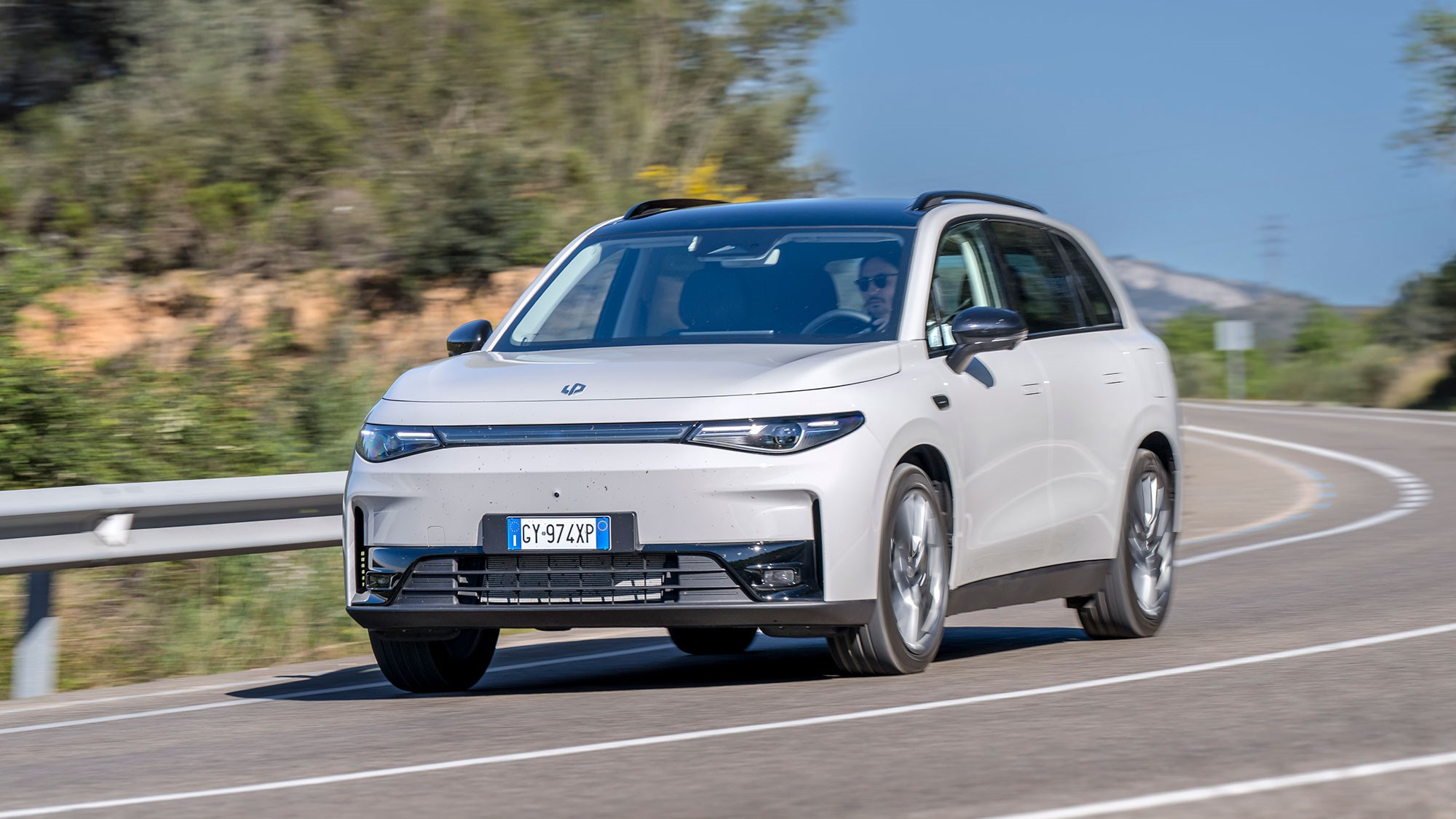
Interested? Well, it’s about to get more enticing because Leapmotor’s also being quite aggressive with its pricing. The C10 REEV is on sale now for just £36,500. Not only does that undercut the £40,000-plus Peugeot 5008 and Skoda Kodiaq PHEVs, but it costs exactly the same as the pure-electric C10.
The question is – is this range-extended EV worth buying? Or is it just another sticking plaster to keep electric car naysayers happy until the 2030 petrol and diesel ban comes into force? Scroll down to find out.
What’s new?
You wouldn’t know to look at it, but the C10 REEV is quite different to the C10 EV. The car’s battery pack has shrunk from 69.9kWh to 28.4kWh – and that means its official WLTP pure-electric range has tumbled from 263 miles to just 90 miles. That means it can handle urban duties on electric power, but it needs to fall back on its generator for long drives.
However, it’s far more reliant on electric power than a PHEV because the engine isn’t connected to the wheels at all. Its crankshaft is yoked directly to a generator that can send a constant 50kW of power to the battery when the engine is switched on.
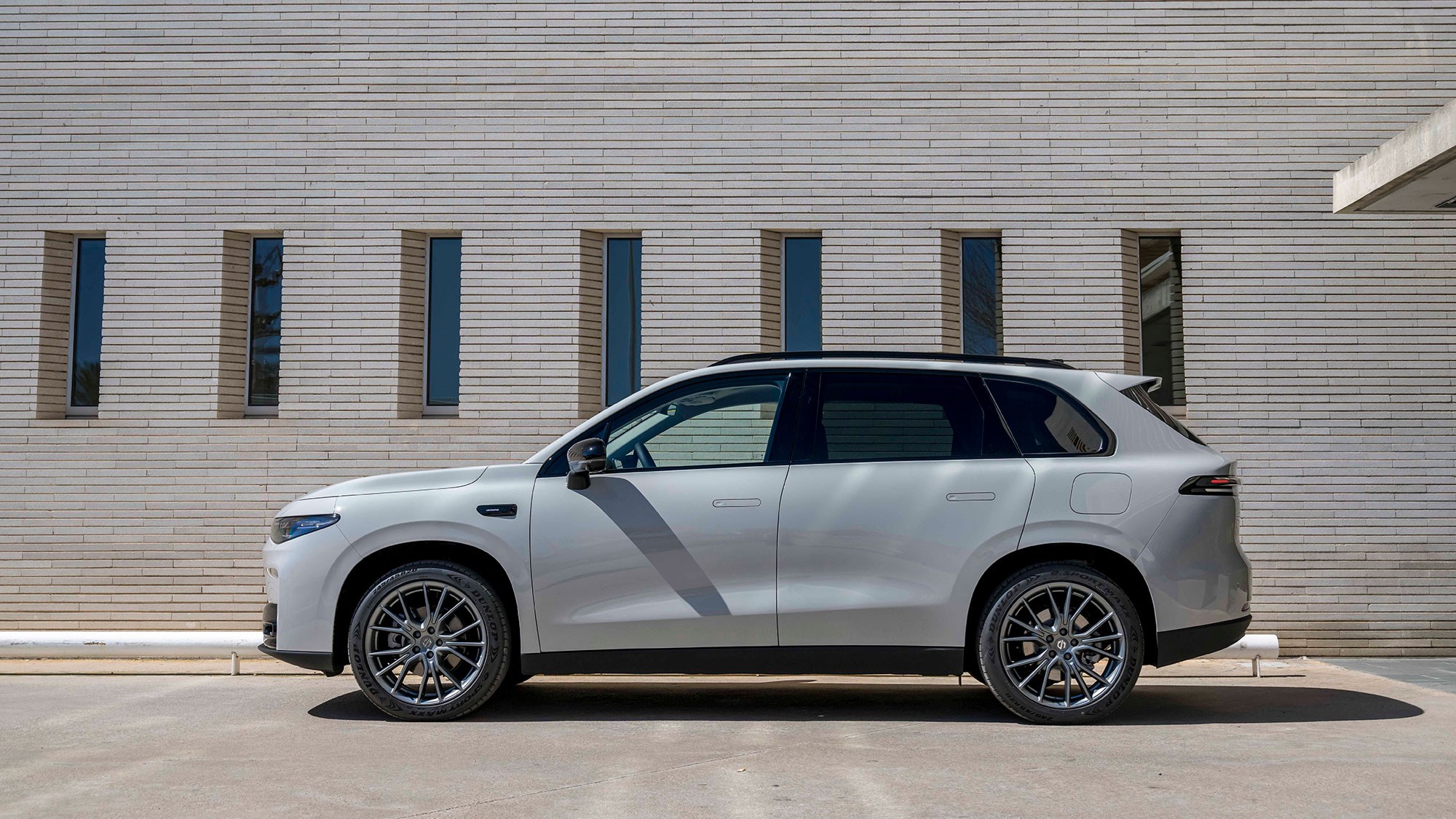
Leapmotor reckons this is a more efficient means of tapping the energy stored in the fuel, as it allows the engine to constantly run in its optimal rev range. You take a hit on rapid charging capability (65kW compared to 84kW on the EV) but, like the EV, you still get a vehicle to load function that allows you to power external devices using the battery.
What are the specs?
Because the REEV uses the same electric motor as the EV, both cars have an identical 215bhp and 236lb ft of torque. Strangely, though, the range extender is a lot slower from 0–62mph despite only being 10kg heavier than the EV. The REEV’s sprint takes 8.5 seconds, which is a full second behind the EV.
Performance isn’t that important for this sort of car, though. Its primary function is to use its petrol and electricity efficiently – and my early impressions of driving the REEV around Spain suggest Leapmotor has done a good job. I averaged around 44mpg from the engine and 3.8 miles/kWh from the battery.
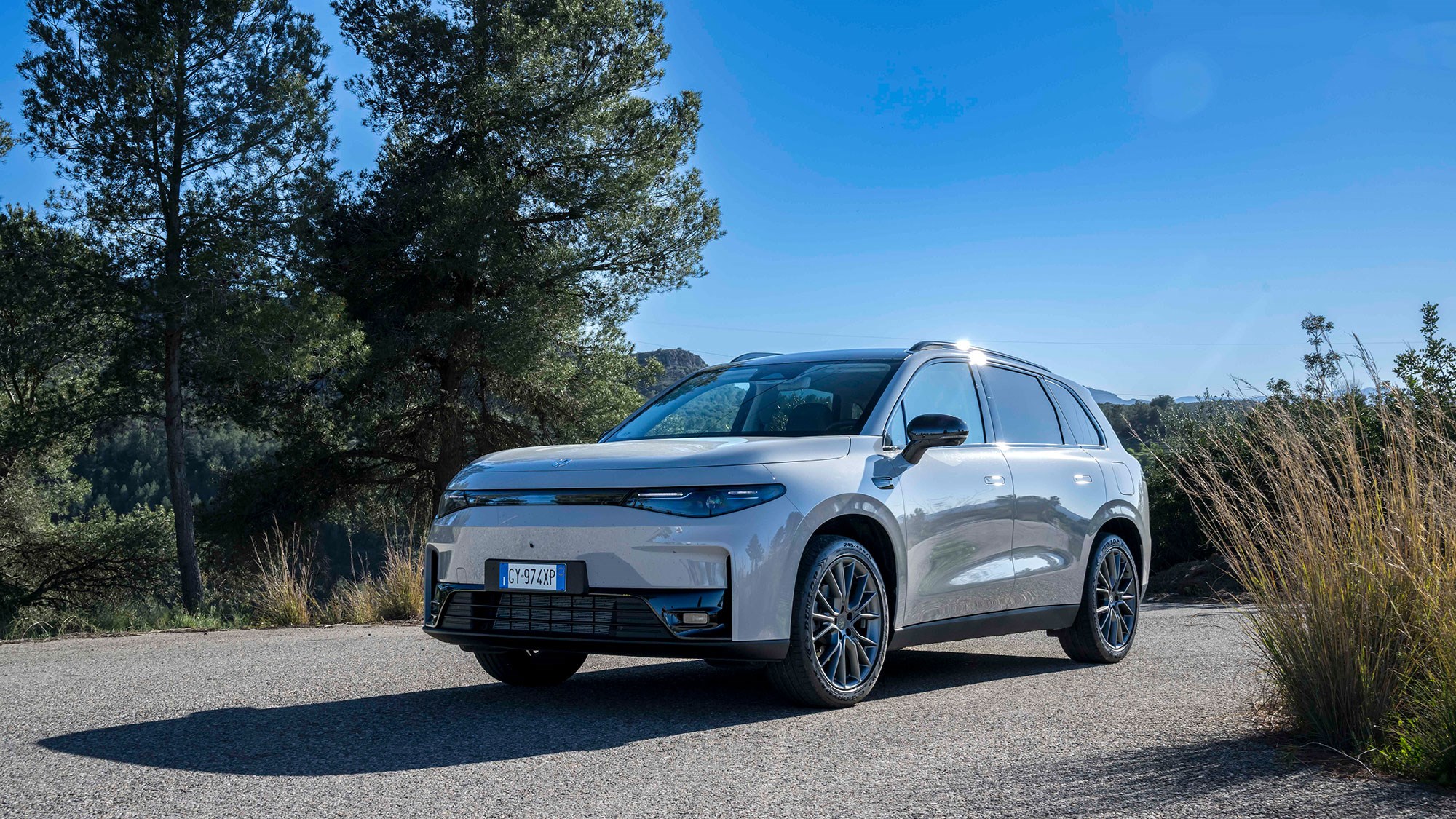
The C10 REEV also has a range of drive modes that allow you to select when you want the engine to engage. It can automatically switch on when the battery’s at 9%, 25% or 80%. Alternatively, because the C10’s software throttles the motor’s performance when the battery is nearly flat, you also can force the engine to run constantly to extract the maximum amount of performance from the powertrain.
I had the engine running pretty much all day because the launch timetable dictated that we cannonball from Barcelona to Valencia – a distance of almost 300 miles if you dodge the dull motorways – while making time to snap the pictures you see in this review.
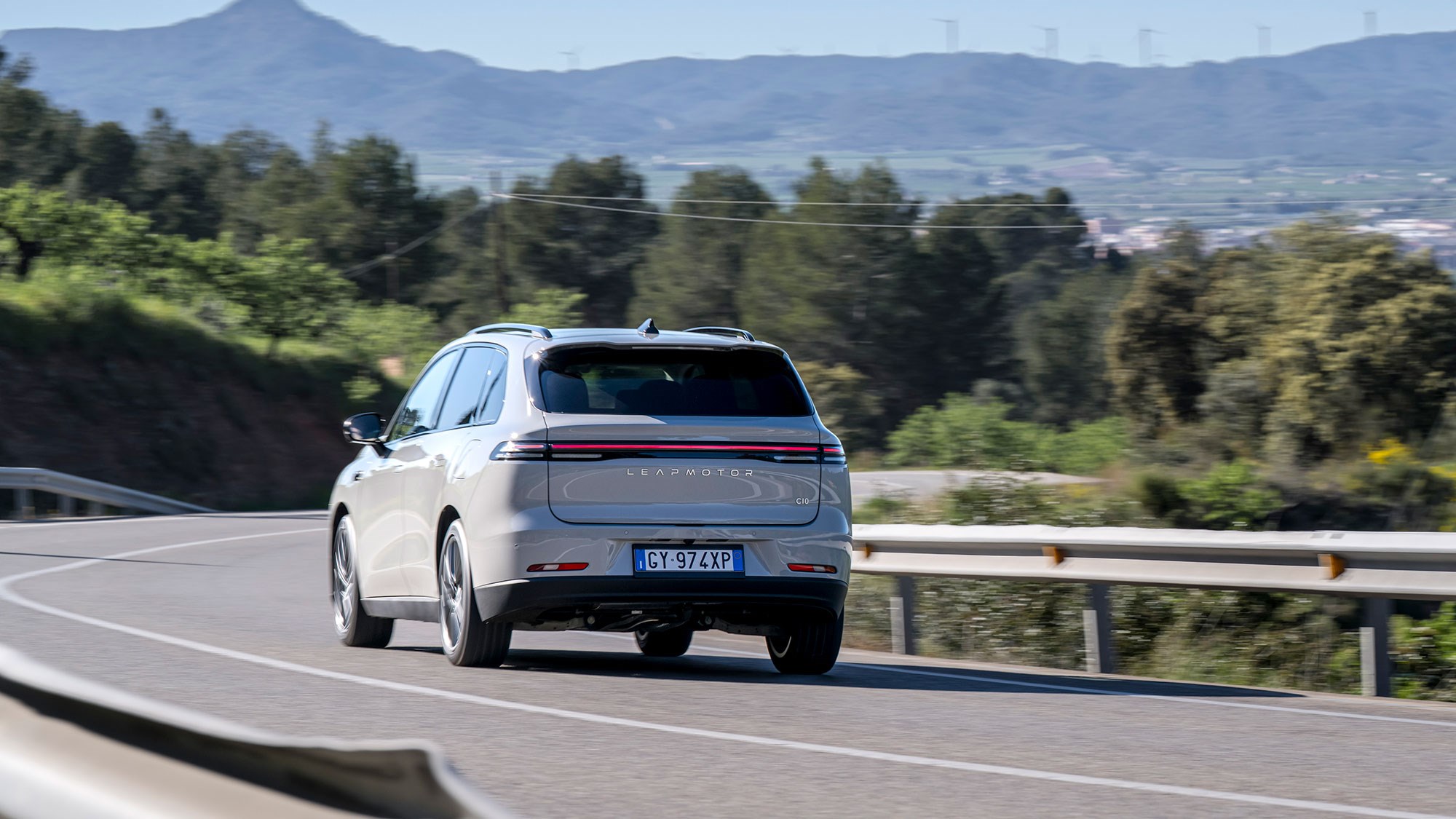
It’s safe to say I wasn’t driving it efficiently. So, if you’re thinking about getting a C10 REEV, you’ll probably achieve way more than 44mpg if you charge it up at home regularly and only have the engine engage when the battery reaches 25% charge.
How does it drive?
The REEV is damn-near identical to the EV. But that’s hardly surprising because both cars weigh about the same, they have the same basic chassis set up and they produce the same amount of power.
Like the EV, the REEV’s acceleration is disappointing. That’s odd because the specs of its electric motor are the same as the (rather sprightly) Renault Scenic’s. I reckon the problem is a software issue – namely, the rate at which Leapmotor has programmed the motor to pay out its performance. I guess slow means relaxing to its engineers.
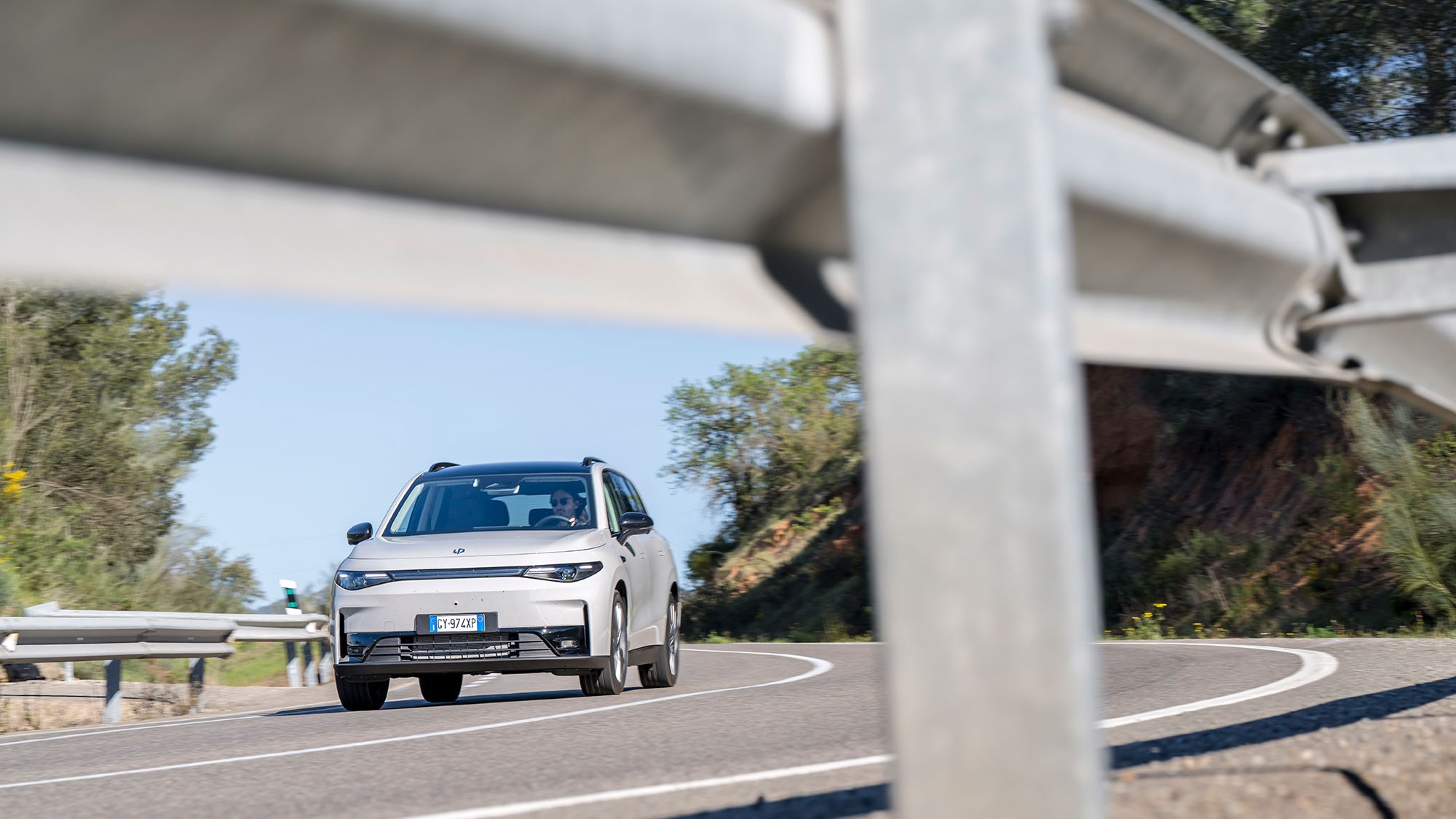
Leapmotor also proudly explained to me that it had leveraged its new-found connections within Stellantis to make the C10 better suited to European roads. I was expecting either Peugeot or Citroen to have stuck its oar into the car’s development – but I nearly fell out my chair when the brand told me it had called on the services of Maserati.
To be clear, Maserati hasn’t set the C10 up for handling. Instead, it advised on how to make the car more comfortable. But the tweaks they made to its chassis were based on driving it in a simulator, so I’m not sure I completely trust their ‘improvements.’ I need to spend more time in the UK with a C10 before I can call it.
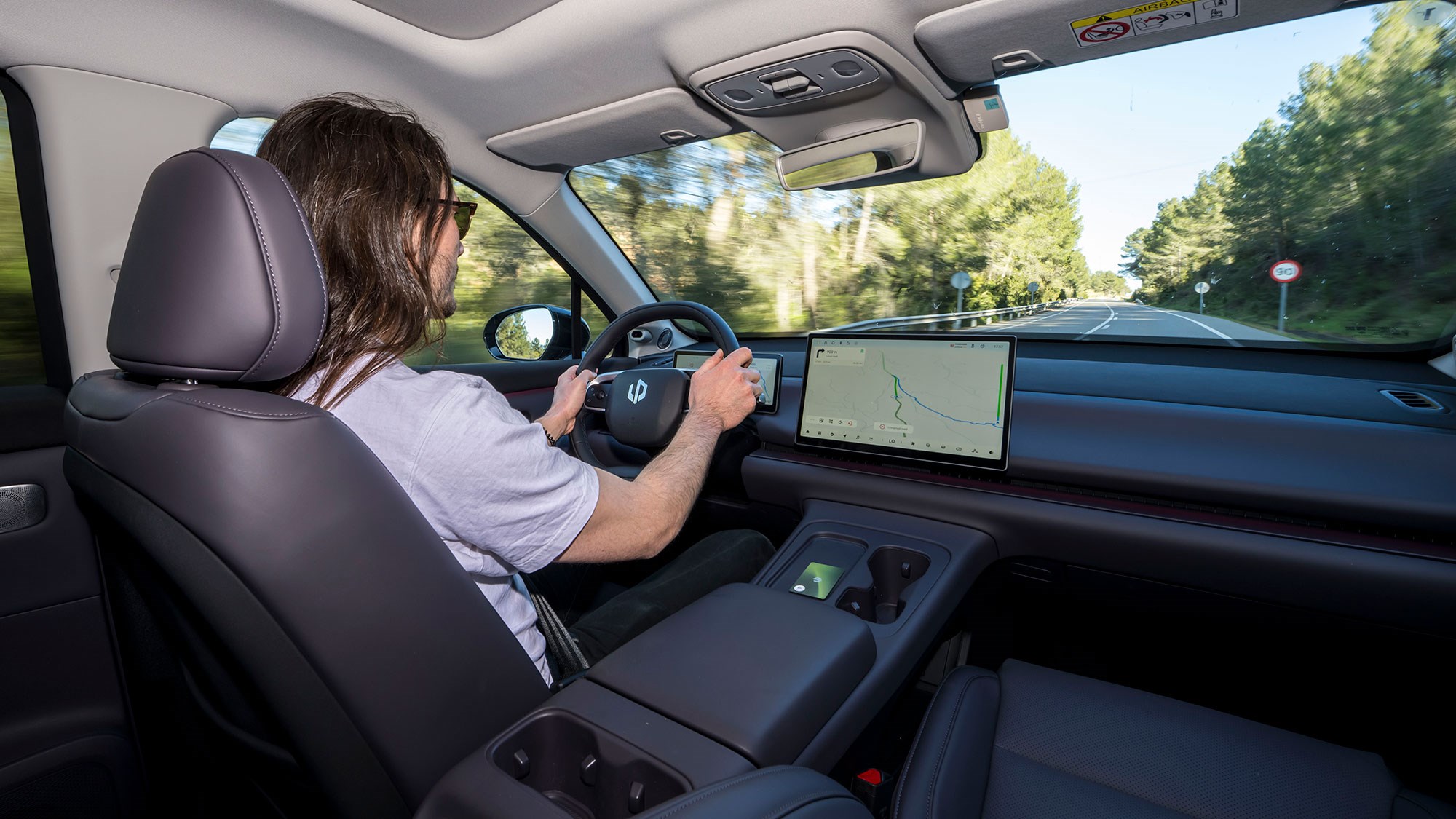
Despite my scepticism, the REEV really wasn’t bad on well-surfaced Spanish roads. However, it shares some traits with its rival Chinese cars, in that it’s quite softly sprung and a little overly damped. Like the EV, it’s floaty until you hit a bump, at which point the car will shudder like it’s seen a ghost because the dampers can’t compress quickly enough to absorb the impact.
And even though Leapmotor also told me that it had done a load of calibration work since I last drove the C10 EV in February, I still couldn’t entertain its steering system. Like the EV, the REEV is completely devoid of feedback, and it feels far too vague in normal mode. The added weight you get in sport improves it, but it’s nowhere near enough to give you the confidence to throw the car around.
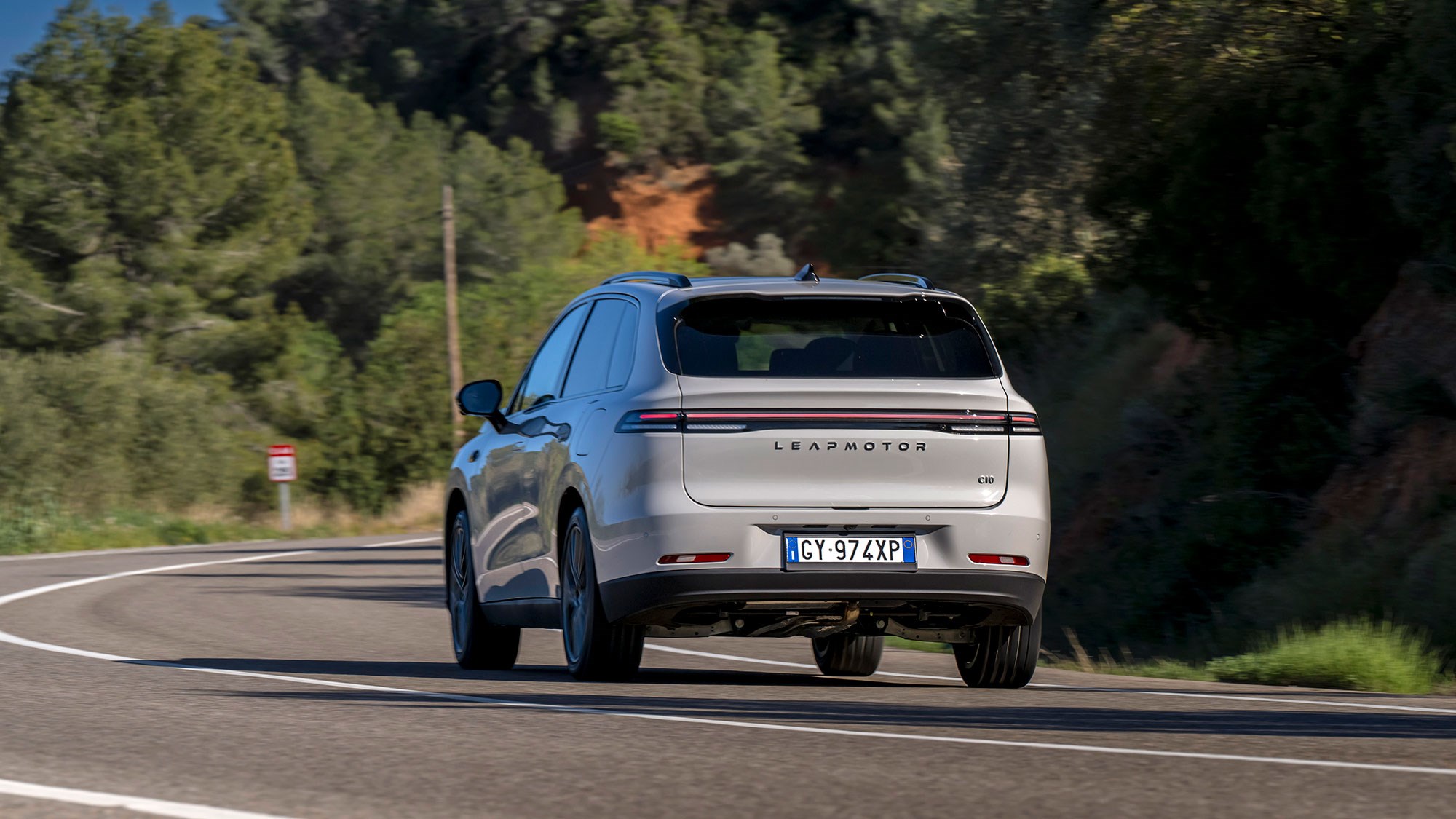
There is a benefit to this, though. During my cannonball run, I spent a lot of time on the Spanish motorway network – and the woolly steering made more sense there. It didn’t feel nervous at all, which made it a relaxing thing to cover miles in. The engine is remarkably quiet, too. It’s little more than a hum on the other side of the firewall.
What’s the interior like?
Enormous. I was floored by the sheer size of the cabin when I drove the EV in February – and just enough time had passed between then and my drive in the REEV for the C10 to surprise me all over again.
If you want to know all the details about the C10’s cabin, check out my Leapmotor C10 EV review. But the abridged version is that there’s tonnes of shoulder room up front, loads of light thanks to the standard full-length panoramic sunroof and enough space in the back to stage a mid-table county tennis match.

Leapmotor has made a few improvements to the infotainment system since the last time I drove the car, too. Now, annoying ADAS features like the speed warning system are stored in a pull-down menu on the home screen – and there are plans to introduce more shortcuts for functions such as lane assist in the future.
The sat-nav system was also a little more reliable. I got lost a couple of times on my 300-mile voyage but, this time around, the software quickly figured out how to re-route me. Still no Apple CarPlay or Android Auto, though – and, after speaking to the firm’s executives, it sounds like the C10 won’t ever have it. Bit naff, that.
Before you buy
Weigh up whether you really need a range extender. The REEV occupies a strange middle ground between a PHEV and an EV. It has more pure-electric capability than a PHEV and it’s more convenient over long distances than an EV, but it has its limitations.
Unlike a PHEV, the engine doesn’t provide any performance benefit. It’s just a tool to power the battery. And if 90 miles of electric range is enough to satisfy your daily needs, you’ll probably be better served by the C10 EV. That way, you’ll only need to worry about fuelling the car once.
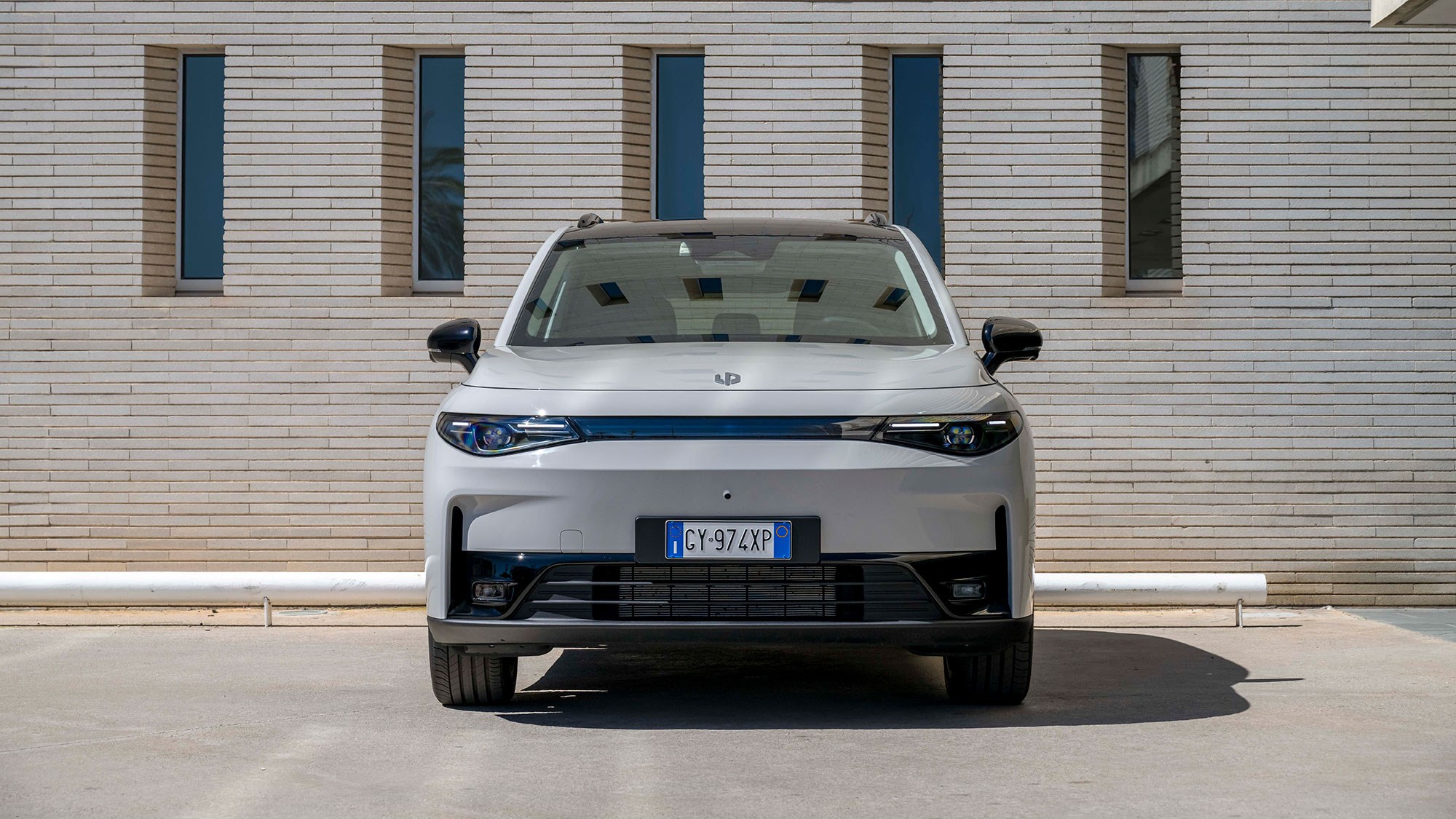
Plus, you don’t get the same tax breaks as an EV because, in the UK at least, the C10 REEV is classified as a plug-in hybrid. So, while the C10 EV only pays £10 for its first year of road tax, you’ll need to fork out £110 for the REEV. You can’t use the REEV to dodge the congestion charge, either.
These sums don’t sound like they’d make much of a difference, but when you’re also paying for petrol and electricity, the costs soon add up. At least the Benefit-in-Kind rating is identical between the two cars for the 2025/26 tax year at 3%. My advice is to work out your expected yearly mileage before you buy to figure out which powertrain will suit you best.
Verdict
The C10 REEV is a good gateway to electric car ownership, because it offers 70% of the electric car experience with none of the inconvenience. If you’re on the fence about whether an EV is right for you, this could be an easy way of testing the water.
There are better plug-in hybrid and pure-electric SUVs on the market, though. If you want a plug-in hybrid family bus, the Hyundai Santa Fe is far more well-rounded. Alternatively, if you’d rather have a large electric SUV, the Kia EV9 should be right at the top of your list. However, neither of these cars can compete with the C10 on price.
The C10’s sub-£37,000 starting price represents incredible value – and the fact you get loads of safety equipment, a five-star Euro NCAP rating and an utterly cavernous cabin for that money is worth overlooking its slightly shonky infotainment system, derivative styling and dull driving experience for. If you need a green car on a tight budget, it’s a solid choice.
Don’t feel like you need to give in to the electrification hype just yet, though. If all you really need is a practical, comfortable, efficient family car that you can conveniently cover massive distances in, what’s wrong with the Skoda Karoq diesel?